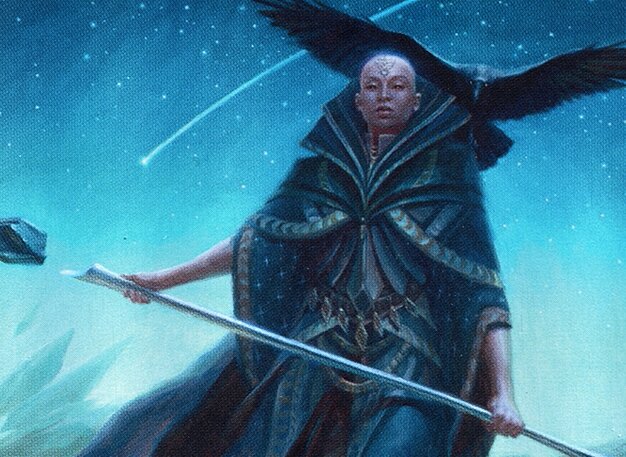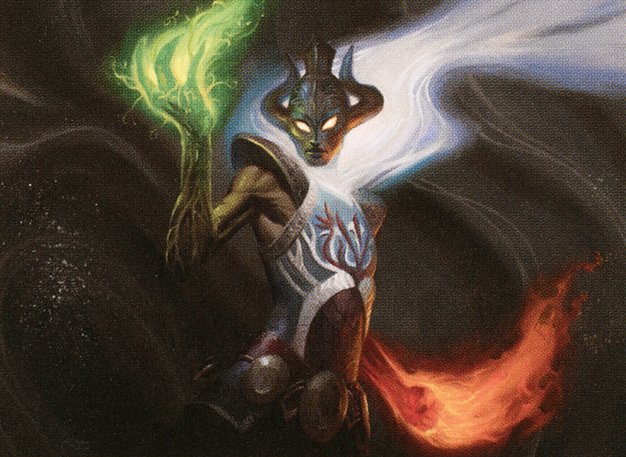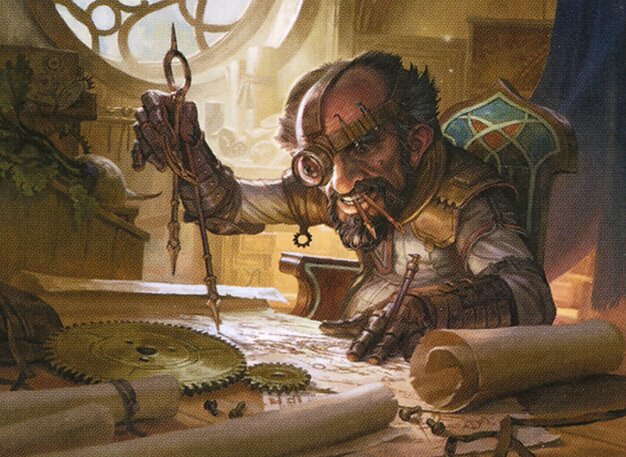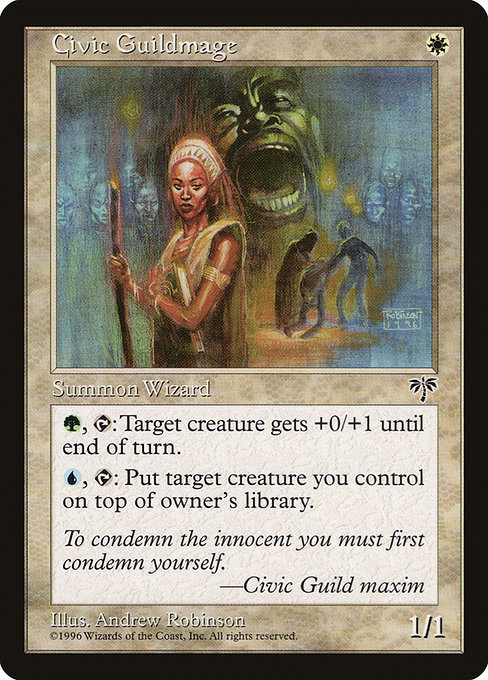Deck & Commander Strategies

Sefris of the Hidden Ways
A dungeon-themed reanimator deck that benefits from creatures dying and entering the graveyard, triggering dungeon ventures and reanimating creatures to maintain board presence.

Averna, the Chaos Bloom
A landfall and cascade deck that ramps mana quickly, casts big spells, and uses Maze's End as a secondary win condition while generating value through land plays and cascade triggers.

Grazilaxx, Illithid Scholar
An artifact-centric blue deck that leverages artifact synergies, combos, and control elements to dominate the board and generate incremental advantage over opponents.

Jan Jansen, Chaos Crafter
A chaos and token-oriented artifact deck that uses random effects, artifact interactions, and token generation to disrupt opponents and create value through unpredictable plays.
Gameplay Insights
- 1
Grazilaxx utilized artifact-based removal and control to stabilize the board and build a strong midgame position.
- 2
Averna's cascade and landfall synergies allowed for explosive mana ramp and value generation, threatening to overwhelm opponents with big spells.
- 3
Sefris capitalized on creature deaths to venture into dungeons and reanimate key creatures, maintaining pressure and resilience.
- 4
Jan Jansen embraced chaos and token generation to keep opponents off-balance and leverage artifact synergies for incremental advantage.
- 5
Bouncing permanents and drawing cards were key interactions that shifted tempo and resource advantage between players.
- 6
The mixture of artifact combos, cascade spells, and dungeon mechanics created a dynamic and interactive multiplayer environment.
Notable Cards
-

Maze's End
-

Mausoleum Wanderer
-

Idol of Oblivion
-

Civic Guildmage
Gameplay Summary
The game featured a four-player Commander match with Sefris of the Hidden Ways, Averna the Chaos Bloom, Grazilaxx Illithid Scholar, and Jan Jansen Chaos Crafter as commanders.
Early turns focused on establishing board presence and ramping mana.
Sefris utilized a dungeon-themed reanimator strategy, triggering benefits from creatures dying and entering the graveyard.
Averna built around landfall and cascade spells to ramp and generate value with the potential for a Maze's End alternate win condition.
Grazilaxx focused on artifact-centric combos and powerful blue control elements, leveraging artifact synergies to dominate the midgame.
Jan Jansen played a chaos and token-oriented build with artifact interactions and randomness to disrupt opponents and generate incremental advantage.
Key turning points included Grazilaxx stabilizing the board with artifact-based removal and control while building a threatening board state, and Averna attempting to accelerate mana and cast big cascade spells to overwhelm opponents.
The game featured multiple interactions involving bouncing permanents, drawing cards, and utilizing cascade triggers to generate value.
In the late game, artifact and token synergies from Grazilaxx, combined with Averna's ramp, put pressure on the other players, while Sefris sought to capitalize on creature deaths for reanimation.
The match showcased how blue decks can leverage control, value engines, and combo elements in a multiplayer setting.
![Blue in a Blue World, ft. Sefris, Averna, Grazilaxx, and Jan Jansen [EDH/Commander Gameplay 2023] thumbnail](https://i.ytimg.com/vi/RLy6a-8MJiA/maxresdefault.jpg)





![Grazilaxx vs Acererak vs Bruenor vs Delina [EDH/Commander, Magic The Gathering Gameplay] 2021 thumbnail](https://i.ytimg.com/vi/29NIlKjLqO8/sddefault.jpg)
![Jan Jansen vs Elminster vs Faldorn vs Tasha [EDH/Commander, Magic The Gathering Gameplay 2022] thumbnail](https://i.ytimg.com/vi/W_SLTY-vWwI/sddefault.jpg)
![Oswald vs Volo vs Xanathar vs Sefris [EDH/Commander, Magic The Gathering Gameplay] 2021 thumbnail](https://i.ytimg.com/vi/bag0iqwohok/sddefault.jpg)
![Trelasarra vs Wilhelt vs Sefris vs Kaima [Budget EDH/Commander, MTG Gameplay 2022] thumbnail](https://i.ytimg.com/vi/3jTvJtQ7wDc/sddefault.jpg)
![Averna vs Light-Paws vs Lathril vs Tatsunari [Budget EDH/Commander, MTG Gameplay 2022] thumbnail](https://i.ytimg.com/vi/BAJu1-NXv0M/sddefault.jpg)
![Gandalf vs Urza vs Averna vs Dihada [EDH/Commander, Magic the Gathering Gameplay 2023] thumbnail](https://i.ytimg.com/vi/5CXLiWw55PA/sddefault.jpg)
![Delina vs Vial // Sakashima vs Ur-Dragon vs Grazillax [EDH/Commander, Magic The Gathering Gameplay] thumbnail](https://i.ytimg.com/vi/9jIFre8Udig/sddefault.jpg)
![Sefris vs Will & Max vs Awaken the Blood Avatar vs Burakos [EDH/Commander, MTG Gameplay 2022] thumbnail](https://i.ytimg.com/vi/vGBpSJPhu1c/sddefault.jpg)
![Yarok vs Inalla vs Nekusar vs Yuriko [EDH Gameplay] 2019 thumbnail](https://i.ytimg.com/vi/DMN5TuN0Lhw/sddefault.jpg)
![Lord Windgrace vs Tuvasa vs Niv Mizzet vs Yuriko [EDH Gameplay] 2020 thumbnail](https://i.ytimg.com/vi/PVpLAAPdUg0/sddefault.jpg)


























![Grazilaxx Tempo vs. Minsc Aggro [Duel Commander-EDH] - Magic: The Gathering thumbnail](https://i.ytimg.com/vi/dDYgeAUyAbM/sddefault.jpg)




